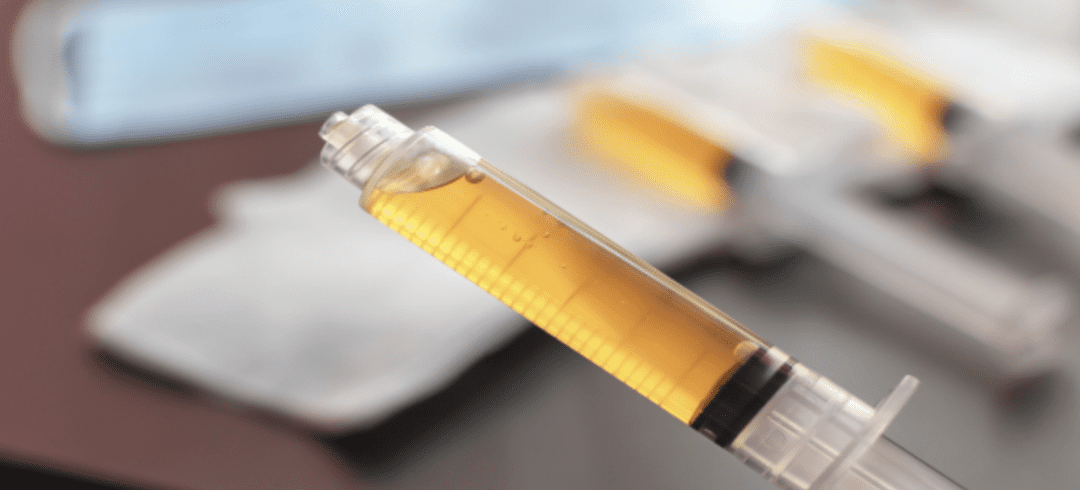Pain serves an essential purpose in the body. It triggers an unconscious physical response, warning you that something is causing harm and that you need to react. For example, if a hot stove burns your hand, pain tells you to jerk your hand away before it sustains more damage. In this article we talk about treating chronic pain.
However, chronic pain works differently. Chronic pain may stem from an illness or an old injury you should have overcome, but the pain persists. Some patients experience chronic pain from an ongoing condition, such as arthritis. Acute pain becomes chronic if it lingers for twelve weeks or more despite treatment and medications.
Chronic pain is challenging because there isn’t always a clear cause. Most chronic pain patients try to manage their suffering with medications, therapies, and targeted exercises. Platelet-Rich Plasma (PRP) therapy offers a natural alternative option for potential benefits.
Platelet-Rich Plasma Treatments
Blood consists of red blood cells, white blood cells, and platelets. Plasma binds the three cell types together. When you’re wounded, platelets rush to the injury site to clot the blood and stop the bleeding. Platelets also contain proteins called growth factors that promote healing in the wound.
Platelet-rich plasma (PRP) treatments start by drawing blood from a patient. Then, the blood is placed in a centrifuge to separate the platelets and plasma from the red and white blood cells. The plasma is now called “platelet-rich” and is administered to the injury or pain site.
How Does PRP Treat Chronic Pain?
Once PRP enters the location that causes pain or inflammation, the growth factors in the solution stimulate the body’s natural healing response. As a result, the PRP begins repairing damaged tissue, restoring normal functions, and reducing inflammation and swelling.
As the inflammation in the site decreases, pain and swelling may begin to diminish, and the patient may start to see improvements in range of motion and strength.
How Does PRP Compare to Cortisone Injections?
Both PRP and cortisone injections can provide relief to patients suffering from chronic pain. However, cortisone or corticosteroid injections only provide a temporary solution. In addition, cortisone injections might cause deterioration in the ligaments, bones, and joints.
While cortisone injections provide immediate relief, PRP injections have the potential to stimulate tissue regeneration and healing, relieving pain gradually as the area heals. The treatments may require some time to take effect, but they can provide enduring benefits. While PRP is a new treatment option for those suffering from chronic pain, it offers promising, healing results well beyond masking pain symptoms. If you would like to learn more about how PRP injections can help with treating chronic pain, Contact Stemedix today!


 St. Petersburg, Florida
St. Petersburg, Florida
